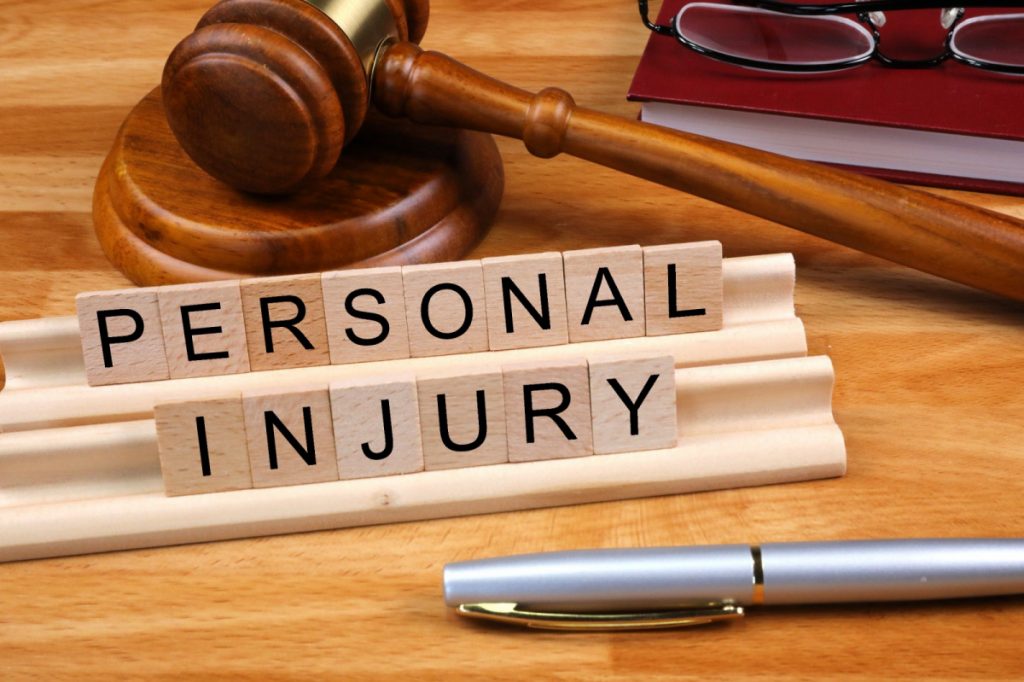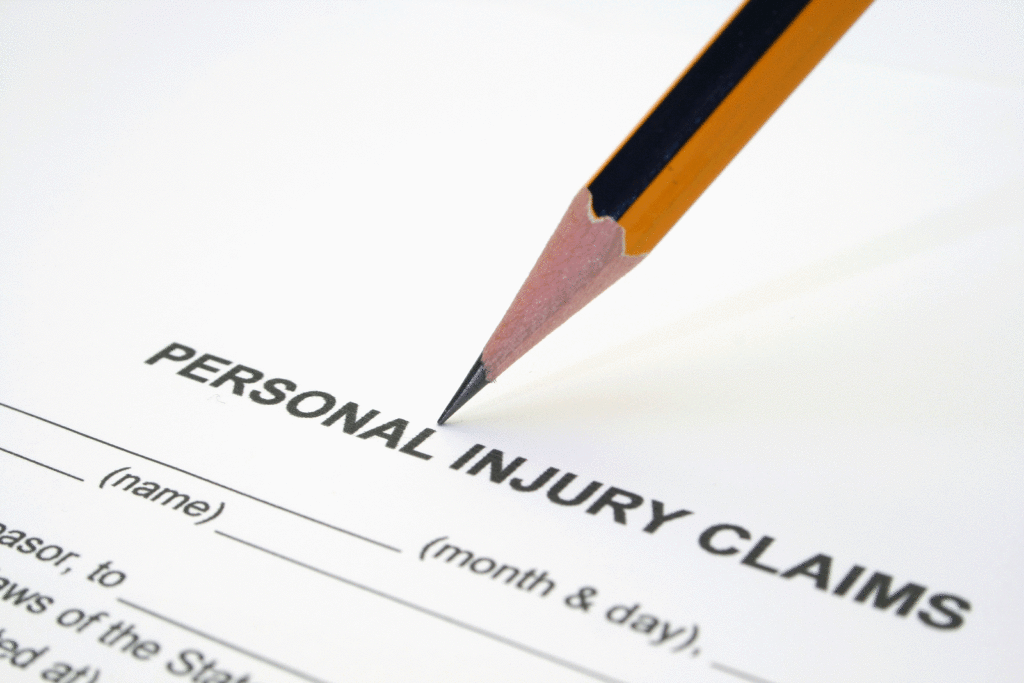Now Reading: Construction Site Injuries Amid Austin’s Rapid Growth
-
01
Construction Site Injuries Amid Austin’s Rapid Growth

Construction Site Injuries Amid Austin’s Rapid Growth
Austin’s skyline is changing almost daily. Cranes dot the horizon, scaffolding climbs higher each week, and construction crews work around the clock to meet the demands of one of the fastest-growing cities in the United States. For locals, this rapid transformation is a visible sign of progress — tech companies expanding, new apartments going up, highways being widened, and the skyline inching higher.
But for the people building it all, Austin’s construction boom has a darker side: more injuries, more hazards, and more legal complexities when things go wrong.
The Hidden Costs of a Building Boom
When a city grows this fast, safety often struggles to keep pace. According to the U.S. Bureau of Labor Statistics, Texas consistently ranks among the top states for construction-related fatalities. The reasons are familiar — long hours, tight deadlines, and labor shortages that push workers to take shortcuts or work under less-than-ideal conditions.
Austin’s breakneck development pace magnifies these risks. Contractors are under pressure to complete multimillion-dollar projects quickly, while subcontractors and smaller crews scramble to meet demand. In that kind of environment, even a minor oversight — an unsecured scaffold, a faulty harness, a missing safety guard — can lead to devastating consequences.
It’s not always malice or indifference that leads to injury. Sometimes it’s a lack of communication among multiple parties working simultaneously on a site. Other times, it’s a failure to update safety training to match new equipment or changing site conditions. But in every case, the result is the same: a worker gets hurt, and someone has to determine who bears responsibility.
Common Construction Site Hazards in Austin
While no two job sites are the same, the most common sources of construction injuries tend to fall into predictable categories:
- Falls: These remain the leading cause of injury and death on construction sites, especially from scaffolding, ladders, or elevated platforms.
- Struck-by accidents: With so many machines and moving parts in close quarters, it’s not uncommon for workers to be hit by tools, materials, or even vehicles.
- Electrical hazards: The combination of exposed wiring, temporary power setups, and incomplete electrical systems creates a dangerous mix.
- Caught-in/between incidents: Workers can become trapped between heavy equipment, walls, or collapsing trenches.
- Heat-related illness: Austin’s summer heat is no joke. With temperatures frequently topping 100°F, heat exhaustion and dehydration can quickly escalate into medical emergencies.
Each of these hazards can be mitigated through proper planning and safety compliance. But in the rush to finish a project, adherence to safety protocols often slips — and that’s when injuries happen.
Accountability on a Multi-Employer Worksite
One of the defining characteristics of construction law — and one of its trickiest — is the number of parties involved. On any major Austin project, there may be a general contractor, multiple subcontractors, independent laborers, suppliers, and even out-of-state specialists. When an accident occurs, determining who’s responsible isn’t always straightforward.
Texas law allows injured workers to pursue compensation under certain circumstances, especially when an employer’s negligence or safety violation is to blame. However, unlike in many other states, Texas does not require most private employers to carry workers’ compensation insurance. This makes Austin a particularly complex legal environment for injured workers, since they may have to pursue a personal injury claim directly against their employer or another responsible party.
In contrast, states like Pennsylvania have a more structured system. A Pennsylvania workers comp attorney, for example, would generally operate within a mandatory coverage framework, where almost every employer must carry insurance to protect injured employees. Texas’ opt-out system creates more legal gray areas — and more potential for litigation when injuries occur on the job.
Safety Oversight in a City Growing Too Fast
As Austin grows, regulatory agencies like OSHA and the Texas Department of Licensing and Regulation face the challenge of keeping up. Rapid development means more sites to inspect, more permits to issue, and more opportunities for safety gaps to form.
Even with strong safety laws on the books, enforcement can lag behind reality. When violations go unchecked — whether that’s inadequate fall protection, lack of safety training, or improper equipment maintenance — the risk of injury increases exponentially.
Local advocacy groups have pushed for tighter safety standards and more rigorous oversight, especially as new high-rise and infrastructure projects break ground. But it’s an uphill battle when the city’s appetite for expansion shows no signs of slowing.
The Aftermath of an Accident
When a construction injury occurs, the fallout is rarely simple. There are immediate medical concerns, of course, but also questions about employment status, insurance coverage, and liability.
If a worker is classified as an employee and the employer carries workers’ compensation, they may have access to medical care and partial wage replacement. Independent contractors or workers for non-subscribing employers, however, may have to pursue damages through a civil claim.
In some cases, third-party claims arise — for example, if a defective piece of machinery contributed to the injury. The legal web can quickly become complex, requiring a deep understanding of both workplace safety laws and tort liability.
That’s why these cases often attract the attention of experienced litigators. An Austin personal injury attorney familiar with construction law, for instance, would know how to identify liable parties, interpret OSHA violations, and navigate Texas’ nuanced non-subscriber framework. While not every injury turns into a lawsuit, those that do often hinge on detailed factual and regulatory analysis.
Cultural Shifts and the Path Forward
Austin’s growth shows no sign of slowing, and construction will continue to be the backbone of that expansion. But as the city builds higher and faster, its approach to worker safety needs to evolve accordingly.
Developers and contractors have begun to invest more heavily in technology to reduce risk — from wearable sensors that monitor heat stress to drones that inspect hard-to-reach areas. Some are even implementing AI-driven site management tools to identify safety concerns before they turn into accidents.
Still, no amount of technology can replace a strong culture of safety. Until that becomes the default on every site, injuries will remain an unfortunate byproduct of Austin’s progress.
Growth Shouldn’t Come at the Cost of Safety
The same boom that fuels Austin’s prosperity also exposes its workers to greater risk. Behind every new tower or tech campus is a workforce navigating tight deadlines, intense heat, and often inconsistent safety measures.
As the city keeps expanding, conversations about responsibility, safety, and accountability will only grow more urgent. Austin’s construction boom may symbolize innovation and ambition — but ensuring that the people building the city share in that prosperity, without sacrificing their health or safety, will define what kind of city Austin truly becomes.










